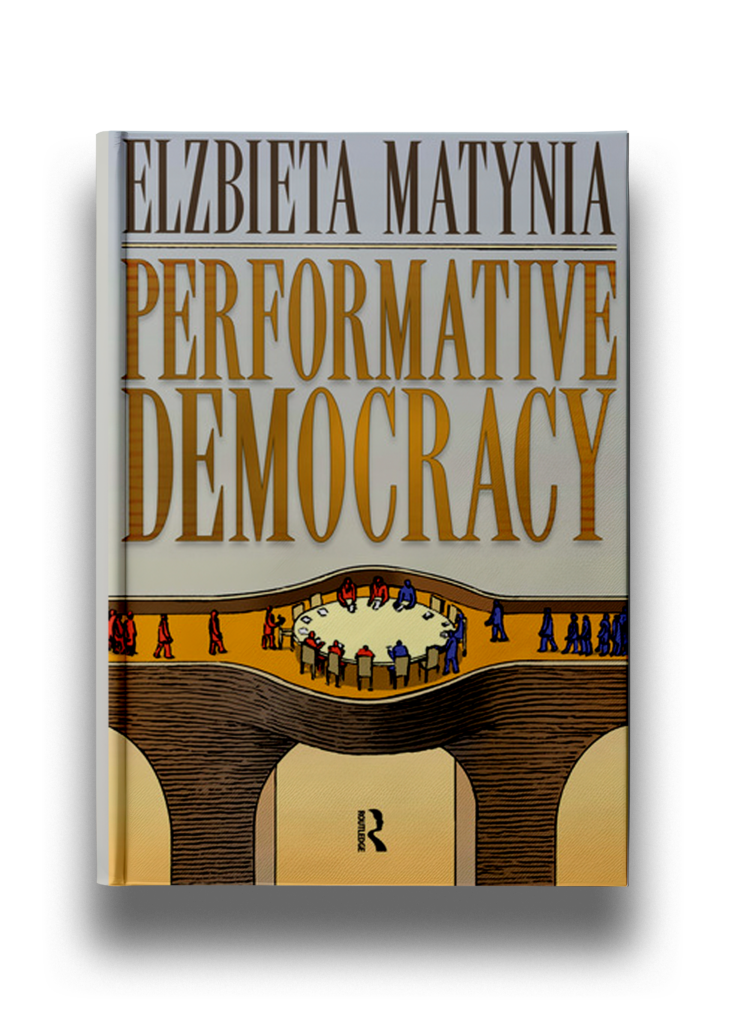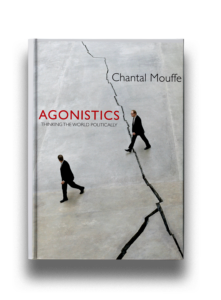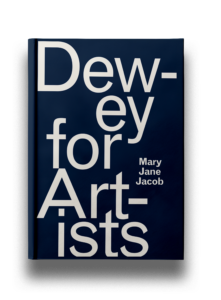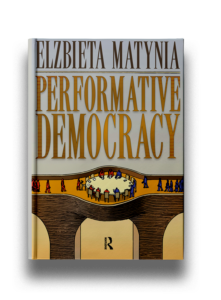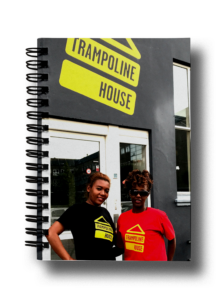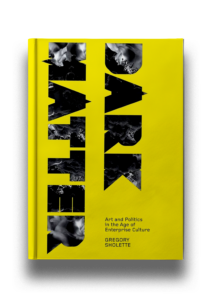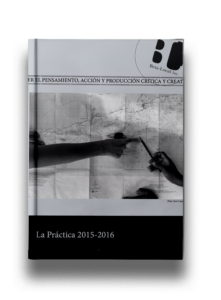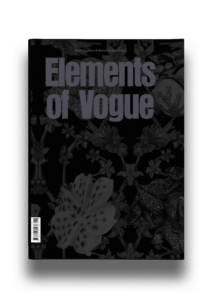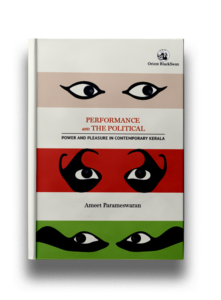Year
2009
Publisher
Routledge
Author
Elżbieta Matynia
Annotation
While the Warsaw court debated a possible legalisation of the Solidarność trade union in the 1980s, A.R. members climbed onto the roof opposite the courthouse and unrolled a long banner mirroring the inscription on the court building. The group delivered a message back to the judiciary body underlining that the street can also have its say – an artistic action inspired and turned into a street protest.
Joanna Warsza
What does it take for societal hope to emerge and be sustained? What are the necessary conditions for the enacting of democracy by citizens in hopeless circumstances—that is, under and despite autocratic regimes, but also in the old, well-consolidated democracies that began to reveal their illiberal temptations? What I call performative democracy is exactly this kind of phenomenon that constitutes the early stages of a democratic project or that supplies strategies to keep a well-established democracy vibrant.
